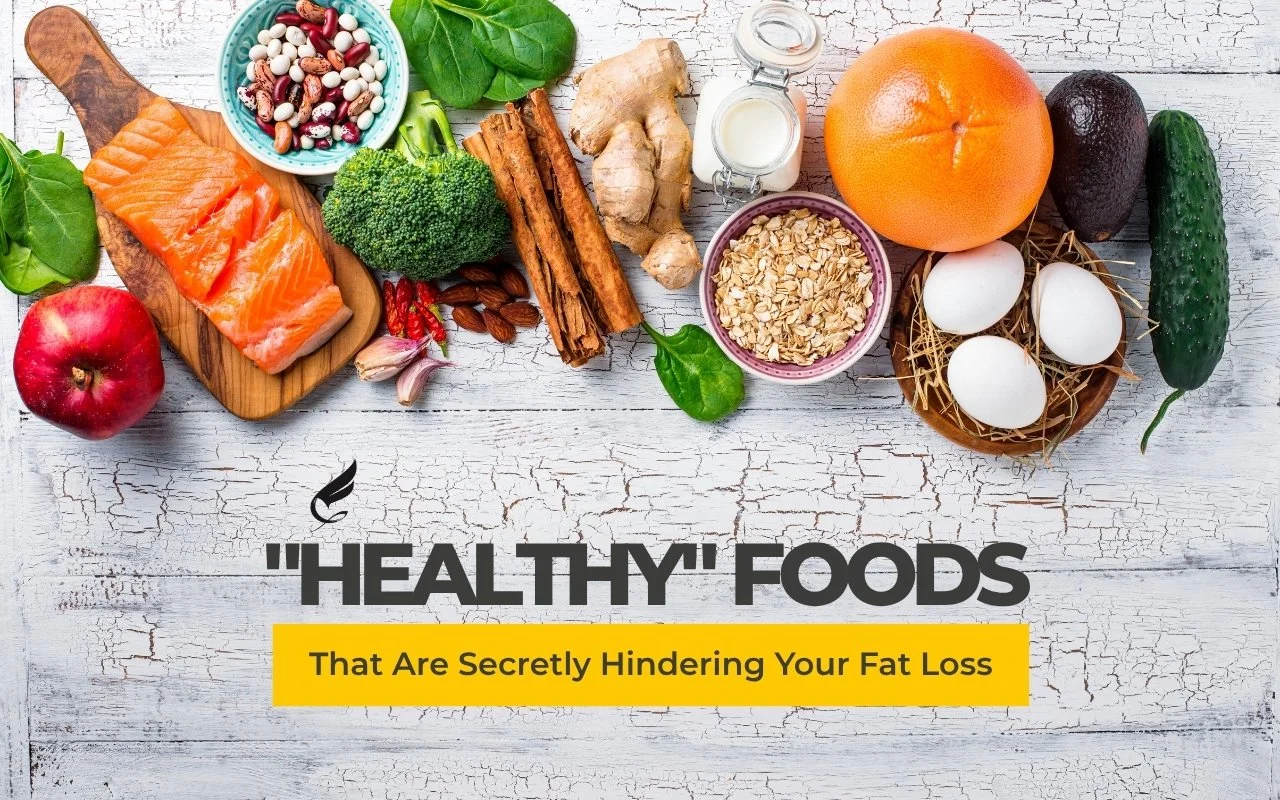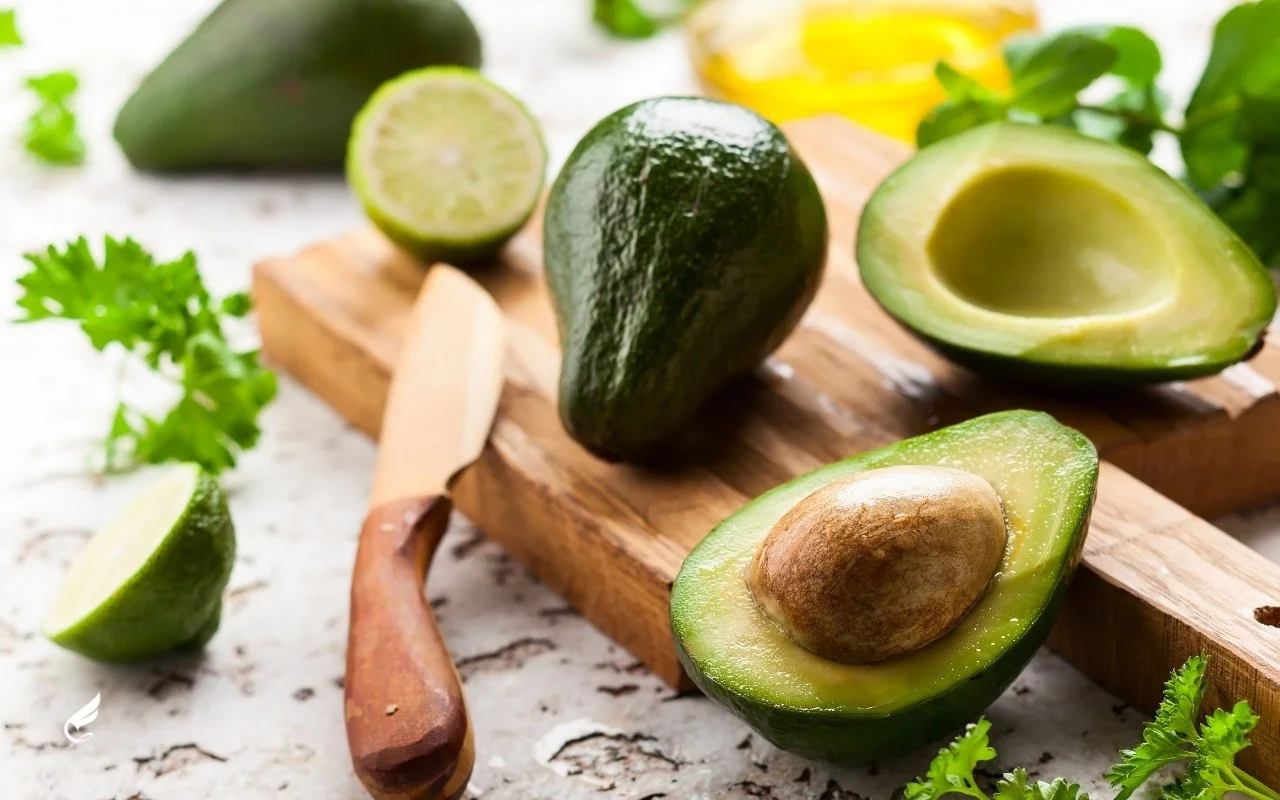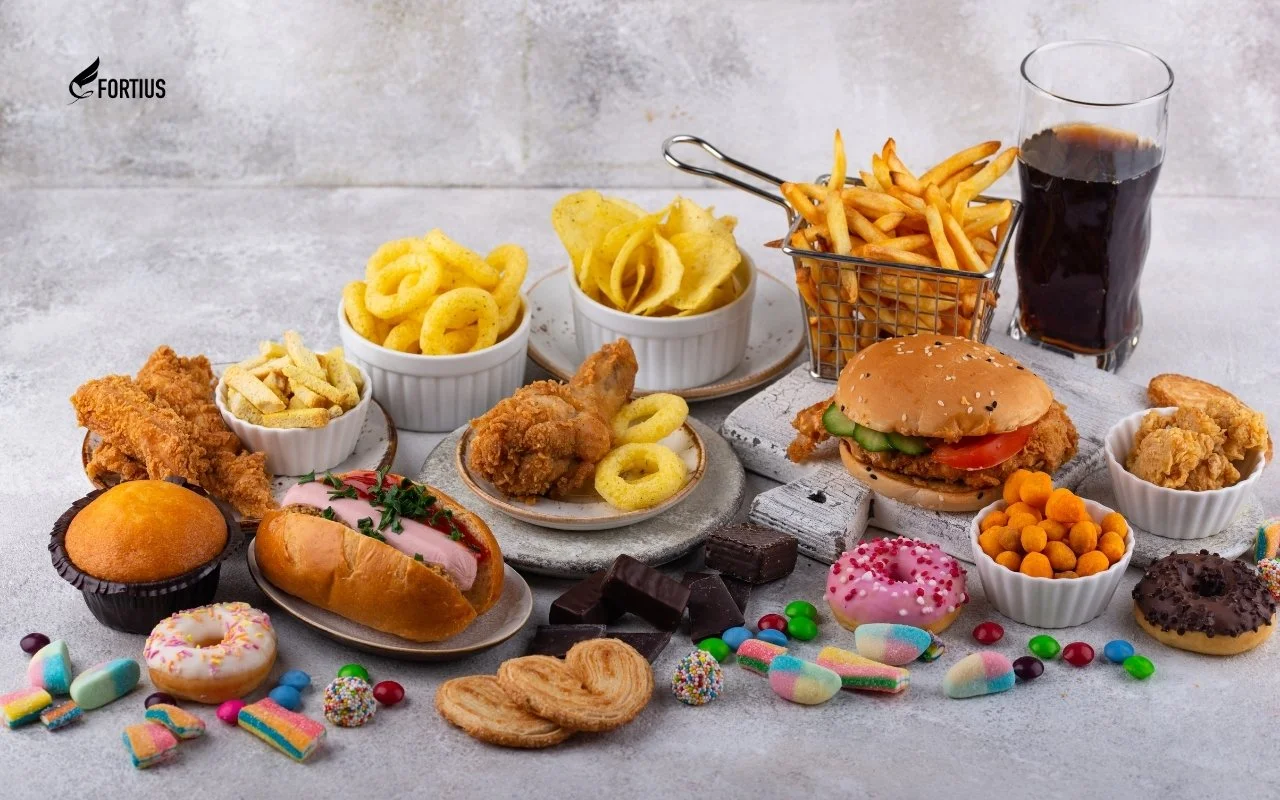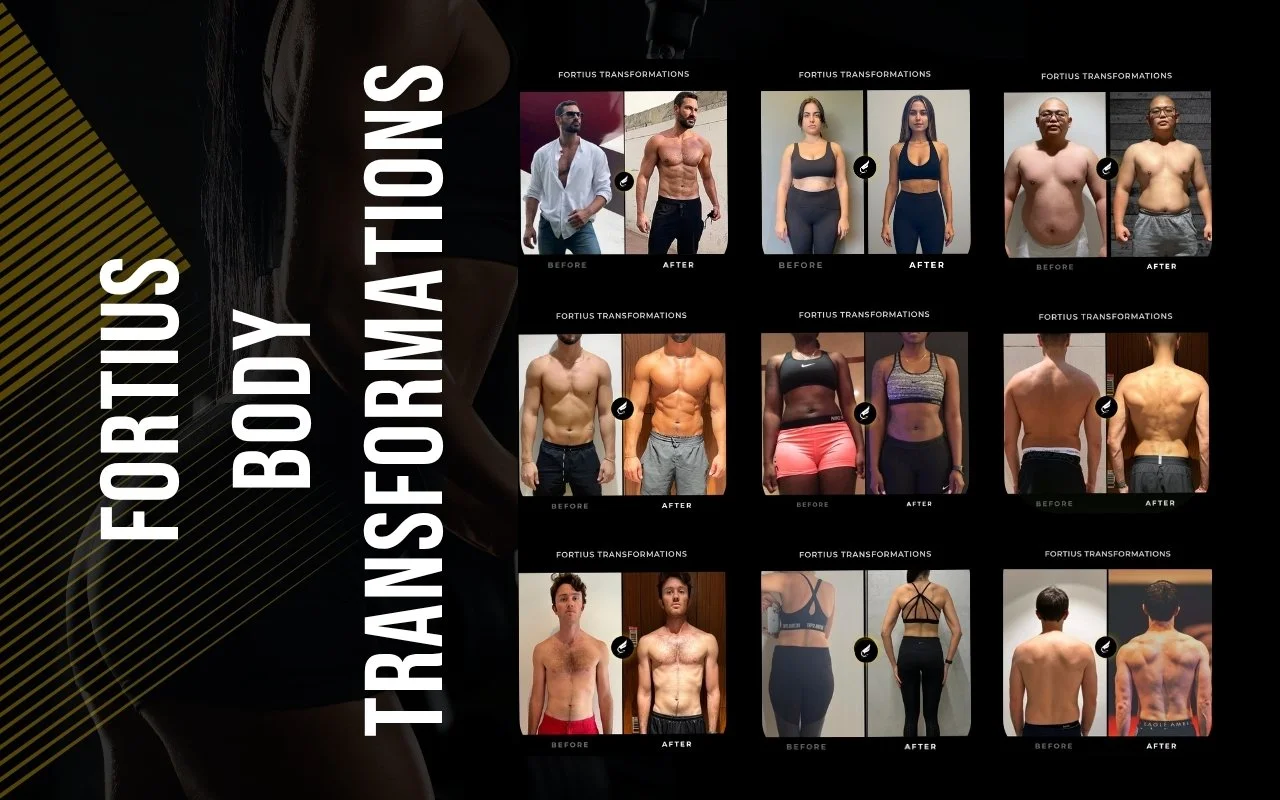"Healthy" Foods That Are Secretly Hindering Your Fat Loss
You're doing everything right. You're committed to healthy eating, you've swapped out processed snacks for nuts, you're drizzling your salads with olive oil, and you start your day with a nutrient-packed smoothie. You are on a healthy diet. So why aren't you seeing the weight loss progress you expect?
This is one of the most common frustrations we see among motivated, health-conscious professionals in Dubai who are trying to lose weight. The answer almost always lies in a simple, overlooked truth that affects many weight loss efforts:
Just because a food is "healthy" does not mean it is low in calories.
Effective, sustainable weight loss is governed by one primary principle: you must be in a consistent calorie deficit. Many of the most nutrient-dense foods are also incredibly calorie-dense. Without an awareness of portion sizes, it's remarkably easy to consume extra calories and unknowingly sabotage your progress, preventing you from achieving a healthy weight.
Let's break down some of the most common healthy foods that could be hindering your fat loss journey.
1. Nuts, Seeds, and Nut Butters
The Health Halo: Nuts, chia seeds, and walnuts are nutritional powerhouses, packed with healthy fats, protein, and essential minerals that support heart health.
The Fat Loss Trap: They are extremely high in calories. A small, innocent-looking handful of almonds can contain over 160 calories. Two tablespoons of peanut butter can easily pack 200 calories. Because they are so easy to snack on, these calories add up incredibly fast.
The Fortius Fix: Don't eliminate them; use portion control. Instead of eating directly from the bag, portion out a single serving (around 20-30g). This allows you to get the health benefits without derailing your weight management plan.
2. "Healthy" Oils (Olive, Coconut, Avocado)
The Health Halo: Extra virgin olive oil and other healthy oils are celebrated for their benefits to cardiovascular health.
The Fat Loss Trap: All oil is 100% fat. One single tablespoon contains approximately 120 empty calories. When you liberally "drizzle" oil over your salad or into your cooking pan, you could be adding 200-300 calories to your meal without even realizing it.
The Fortius Fix: Use an oil spray for cooking. For dressings, measure out one tablespoon instead of free-pouring. This simple habit can save you thousands of calories over a week.
3. Avocado
The Health Halo: Avocado is a fantastic source of healthy fats, fiber, and potassium. It's a true superfood.
The Fat Loss Trap: A medium-sized avocado contains roughly 250-300 calories. Adding a whole avocado to your salad can turn a 400-calorie meal into a 700-calorie one, instantly wiping out your deficit.
The Fortius Fix: Treat avocado as your primary fat source for a meal, not an afterthought. Use a quarter or a half per serving.
4. Smoothies and Fruit Juices
The Health Halo: They seem like the pinnacle of health—a concentrated dose of vitamins.
The Fat Loss Trap: Unlike whole fruits, smoothies and especially fruit juices break down or remove fiber, the key nutrient for fullness. It's easy to pack 4-5 servings of fruit into a single smoothie, pushing the calorie count to over 500 calories and causing a significant blood sugar spike. These sugary beverages can trigger cravings and make you feel hungry sooner.
The Fortius Fix: Build smoothies around protein, not just fruit. Start with protein powder, add one serving of fruit (like berries), a handful of leafy greens like spinach, and a liquid base like water. This creates a filling meal, not a high-sugar drink. Avoid sugary drinks and juices entirely.
5. Granola, Dried Fruits, and "Healthy" Bars
The Health Halo: These are marketed as wholesome and natural.
The Fat Loss Trap: Most granolas are calorie bombs of oats, oil, and added sugar (honey, maple syrup). Dried fruits are also a trap; they are essentially fruit with the water removed, concentrating the sugar and calories, making them very easy to overeat compared to whole fruits.
The Fortius Fix: Read the label. Choose low-sugar options or switch to whole oats. Opt for fresh, whole fruits over dried versions to increase your fiber intake and control your energy intake.
A Note on "Unhealthy Foods"
While focusing on even healthy foods is important, it's also crucial to be mindful of obviously unhealthy items. Foods like fried chicken, fast food, processed meats, and those high in refined carbs and unhealthy fats not only contribute to weight gain but also increase the risk of chronic diseases and high blood pressure.
Conclusion: Awareness is the Key to Your Health Goals
The solution to a successful weight loss journey is not to create a "bad foods" list and eliminate your favorite foods. The key is awareness and building a healthy diet based on knowledge. Healthy eating for fat loss is about controlling total calories and prioritizing nutrient-dense choices, like whole grains and lean proteins.
By understanding portion control, you can enjoy all the benefits of these superfoods without accidentally derailing your progress. A structured plan designed by a professional takes the guesswork out of this process, ensuring you achieve your health goals and improve your overall health.
If you're ready to move beyond confusion and get a plan that is built on science and tailored to your results, whether you're interested in a body transformation or simply optimizing your health, book your free consultation with a Fortius expert.
Learn more about Nutrition, Weight loss and Body Recomposition with our main blogs on these topics:
"Skinny Fat": Why Just Losing Weight isn't Enough & The Role of Body Recomposition
Shed Pounds Swiftly: How to Lose Weight Fast – A Scientific Approach to Weight Loss Explained
Intermittent Fasting for Weight Loss a Realistic Guide for Dubai Professionals
A Beginner's Guide to Macronutrients: How to Calculate Your Protein, Carbs, and Fats
Calculate Your Calorie Target and Macronutrient Needs for Sustainable Weight Loss With Our FREE Fortius Fat Loss Calculator!











